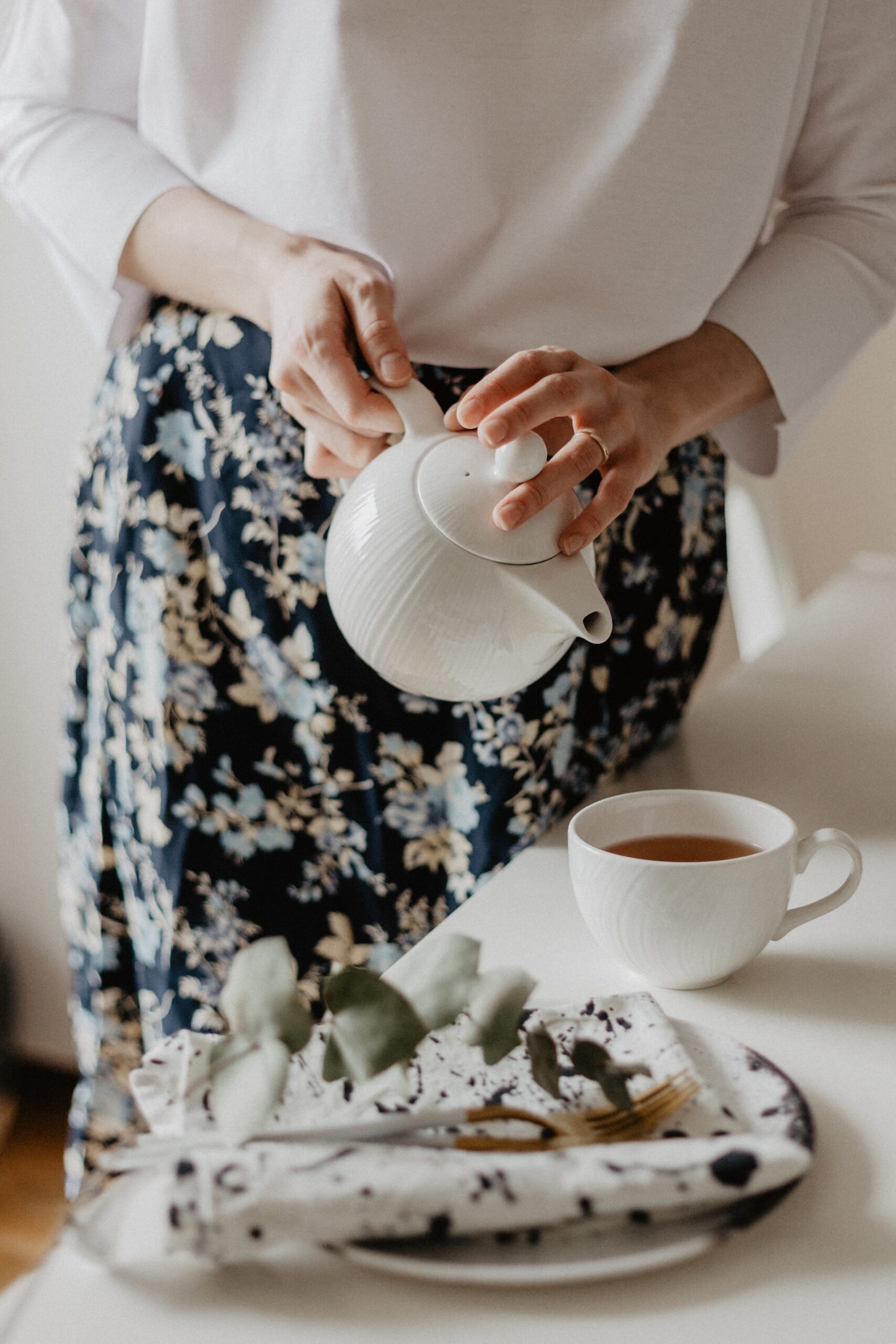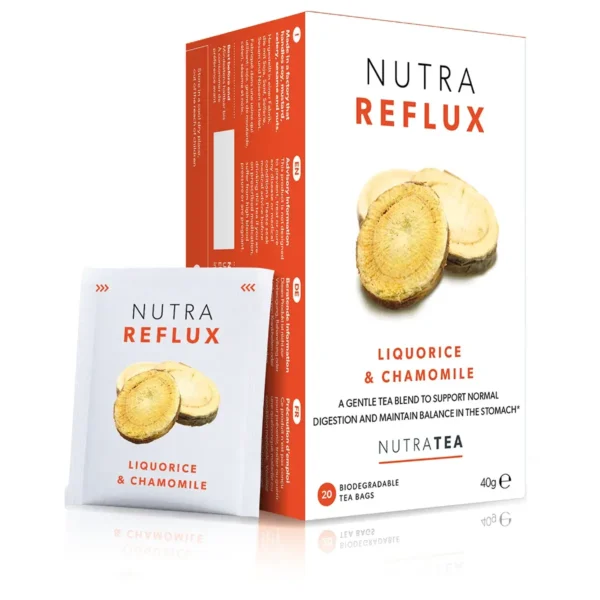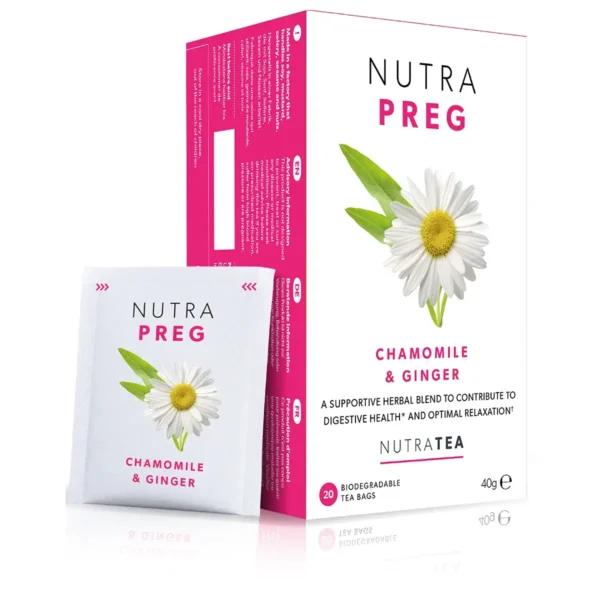NutraBlog
What is Shatavari Tea Good For?

Great for supporting women at every stage of life, shatavari tea helps to address hormone imbalance and nourish the reproductive system.
—
A member of the asparagus family, shatavari has been prized for thousands of years as a herbal support for the female reproductive system. From menstruation to pregnancy to menopause, this herb is said to encourage hormonal balance and keep women strong and vital.
You don’t have to be female to make use of this herb, however. More generally, shatavari is used for digestive support, to fight inflammation, and to boost the immune system.
All in all, there are plenty of good reasons to enjoy a nourishing cup of shatavari tea from time to time. Read on to learn more about the benefits of this herb.
What is Shatavari Tea?
Shatavari tea is a herbal tea made from the roots of the shatavari plant, or Asparagus racemosus. Originating in India, this plant has a long history of use in herbal medicine.
Shatavari is especially prized in Ayurveda and has been used for thousands of years as a tonic for women’s health. Its name is often translated as “she who has a hundred husbands”, demonstrating the traditional use of this herb to support women’s health and longevity.
Another name for this herb is “Queen of the Herbs” – a title that, once again, gives a nod to shatavari’s association with the female reproductive system.
What Are the Benefits of Shatavari Tea?
As we’ve seen, shatavari is most often used to support women throughout their lives. However, it is good for other things too, including digestive health, the immune system, and stress.
As an adaptogen, shatavari supports our bodies in coping with physical and mental stress. It is used to help women maintain a healthy hormone balance and is also said to boost the female libido.
While there is still more research to do on the exact effects of shatavari, here are ten of the reported benefits of this nourishing herb:
- Regulates oestrogen
- Reduces PMS, menstrual cramps, and heavy menstrual bleeding
- Encourages lactation to support breastfeeding
- Reduces the symptoms of menopause, such as hot flushes
- Increases female libido
- Supports mental health
- Encourages good digestion
- Boosts the immune system
- Treats gastric ulcers
- Fights inflammation
How to Make Shatavari Tea
While you can buy dried shatavari roots to make shatavari tea, you are more likely to find this powerful herb as a powder or tincture than in its whole form.
However, shatavari is becoming increasingly common in herbal tea blends, which cuts out most of the work of making a cup whenever you feel the urge.
We prefer simply to use a tea bag instead of making loose leaf herbal tea. Not only is it quicker and easier, but it also requires far less clean up. And no guesswork is required to decide on the right dose.
Shatavari also lends itself well to combining with other herbs. Depending on what benefit you are most interested in, you can look out for herbal tea blends that include shatavari and other supportive herbs.
For example, if you are interested in the digestive benefits of shatavari, you might like to combine it with herbs like peppermint, ginger, and fennel – as we do in our NutraReflux blend.
On the other hand, if you are pregnant, you might prefer our NutraPreg tea, which contains shatavari alongside chamomile and oat straw for a calming effect.
Meanwhile, new mothers can enjoy shatavari with other herbs that support breastfeeding and postpartum recovery, such as fenugreek and raspberry leaf, in our NutraMother tea.



